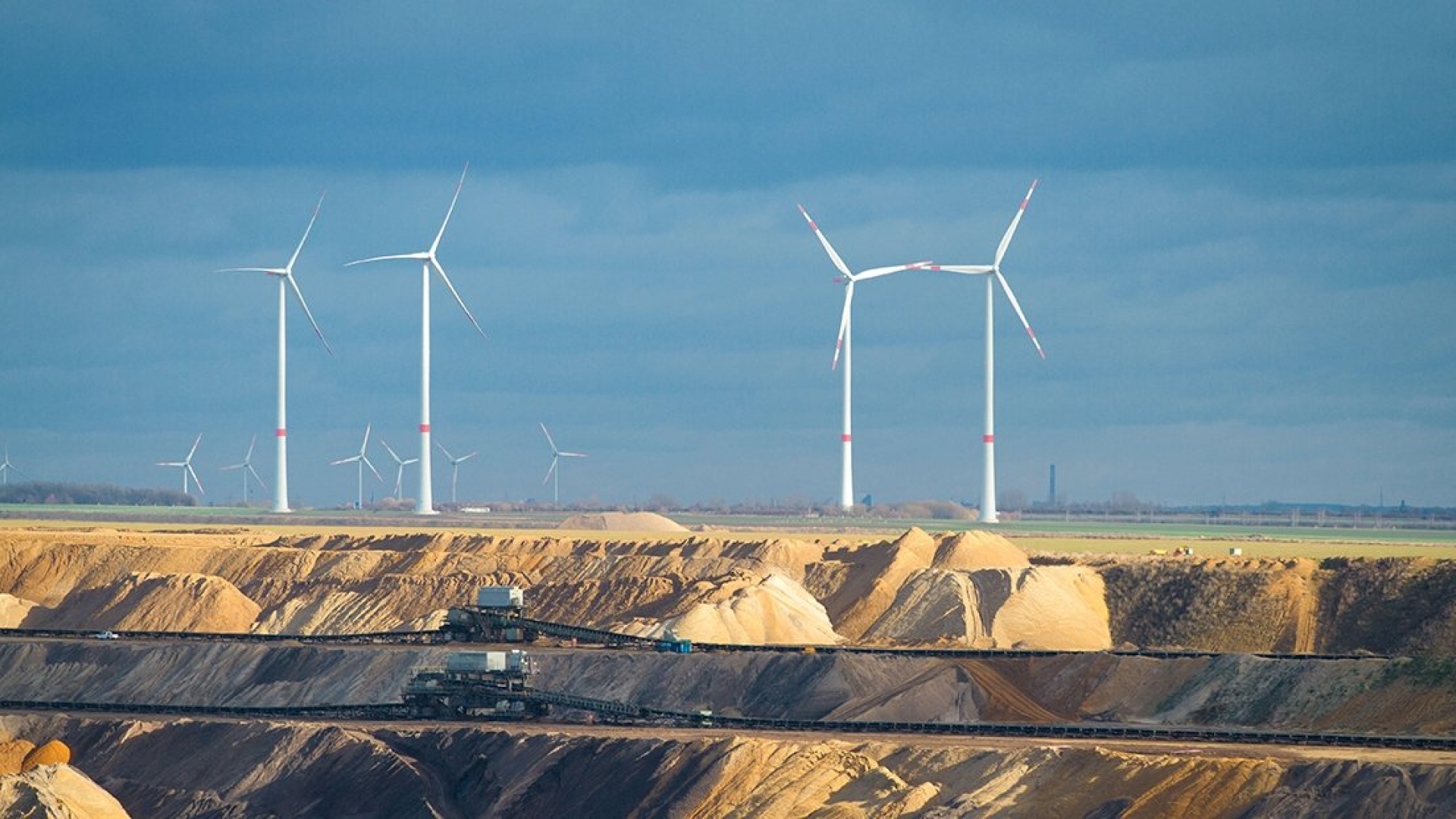Digging Deeper: Technologies behind sustainable mining and reduced environmental impact
By Aytek Yuksel, Content Marketing Leader - Power Systems

This edition of our 'Digging Deeper' series focuses on sustainable mining. It outlines some of the technologies the mining industry is using to progress in sustainable mining and reduced environmental impact.
Sustainable mining and reducing the environmental footprint are emerging priorities across the mining industry. For example, Glencore allocated 16 out of 93 pages in its most recent annual report to sustainability. Rio Tinto allocated 12 out of 75 pages to sustainability, and BHP allocated 11 out of 115 pages. This goes beyond the pages allocated. Each of these miners have also established commitments to reducing their environmental impact.
Similarly, Cummins Inc. also aims to reduce its impact on the environment. In fact, five years after announcing its first environmental sustainability reporting, Cummins has already surpassed the carbon dioxide (CO2) savings it expected to achieve by 2020. Cummins has partnered with customers on fuel economy projects and avoided 12 million metric tons of CO2 to accomplish this.
What is sustainable mining?
Let's define sustainability as the lowest social cost of getting the job done. For miners, sustainability is to deliver results with the least environmental impact possible. Across types of mining, sustainability has many fronts. These range from emission of pollutants and disposal of consumables to preservation of water resources.
Miners pursue a multifaceted approach to improve sustainability. Let's look at three of the ways the mining industry makes advancements in sustainability.
No. 1: Stringent engine emission regulations reduce the environmental impact
Engine emission regulations got increasingly stringent in recent decades. These regulations have significantly reduced the emissions of particulate matter (PM), oxides of nitrogen (NOx) and hydrocarbons (HC). Less NOx means less smog. Less particulate matter means less accumulation of these particles in the soil or in the water.
For example, a typical Cummins engine used in a mining application emits 90% less harmful gases today compared to engines produced before the year 2000. Moreover, these engines are in general more powerful and more fuel efficient than their predecessors.
No. 2: Reduced disposal of consumables is critical for sustainable mining
Greenhouse gases (GHG) tend to get the spotlight when it comes to sustainable mining. Meanwhile, consumables are another big opportunity for sustainable mining. A mine haul truck could have over 50 gallons of engine oil and would need a refill every month or other. With hundreds of haul trucks working 24/7 in some of the larger mines, there are lots of consumables to refill and dispose.
This is where advanced analytics and telematics come to help. Let’s consider two of the newest technologies from Cummins: PrevenTech Mining and FIT. For example, customers can use these technologies to adopt a condition-based maintenance (CBM) routine. Customers using CBM can change consumables only when needed instead of changing at fixed intervals. This results in optimized maintenance intervals. Optimized maintenance intervals allow miners to use consumables for longer durations and create less consumables to dispose.
No. 3: Less fuel consumption and carbon emissions deliver sustainable mining
A large haul truck at a mine could have a fuel tank as large as 1,000 gallons. This is equivalent to the fuel tanks of over 60 passenger cars combined. Moreover, each haul truck could require a refill every other day. Given the scale and consumption pattern, improvements in the mining equipment's fuel consumption yield into significant reductions in carbon emissions.
For instance, a mining contractor in Australia’s Bowen Basin has reduced carbon dioxide (CO2) emissions of six trucks over 500 metric tons a year. The mining contractor simply replaced the old fuel system with a Modular Common Rail fuel system (MCRS). This fuel system features the latest innovations in combustion technology from Cummins’ Tier 4 engineering programs.
Whether it is air, water or noise, environmental considerations are increasingly becoming a top of mind topic for miners. At Cummins, we have bright and diverse minds bringing innovations to tackle these challenges daily," said Bob Schaefer, Director of Mining Innovations and Growth Initiatives at Cummins.
"In addition to the environmental aspect, our sustainability efforts at Cummins also expand into safety. We build a culture of safety. This starts from our everyday meetings, where we kick-off with a safety share, all the way to providing safety education to our technicians specialized in mining."
Author Profiles

Aytek Yuksel, Content Marketing Leader - Power Systems
Aytek is a marketing leader at Cummins, focusing on technology and thought leadership. Since joining in 2008, he has held various marketing roles and now shares insights on markets, technologies, and energy transition. Aytek lives in Minneapolis with his wife and two kids.
Related Tags